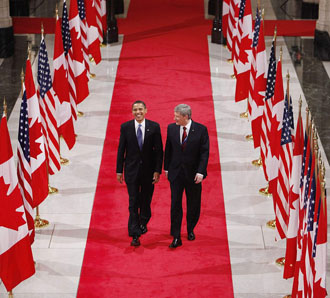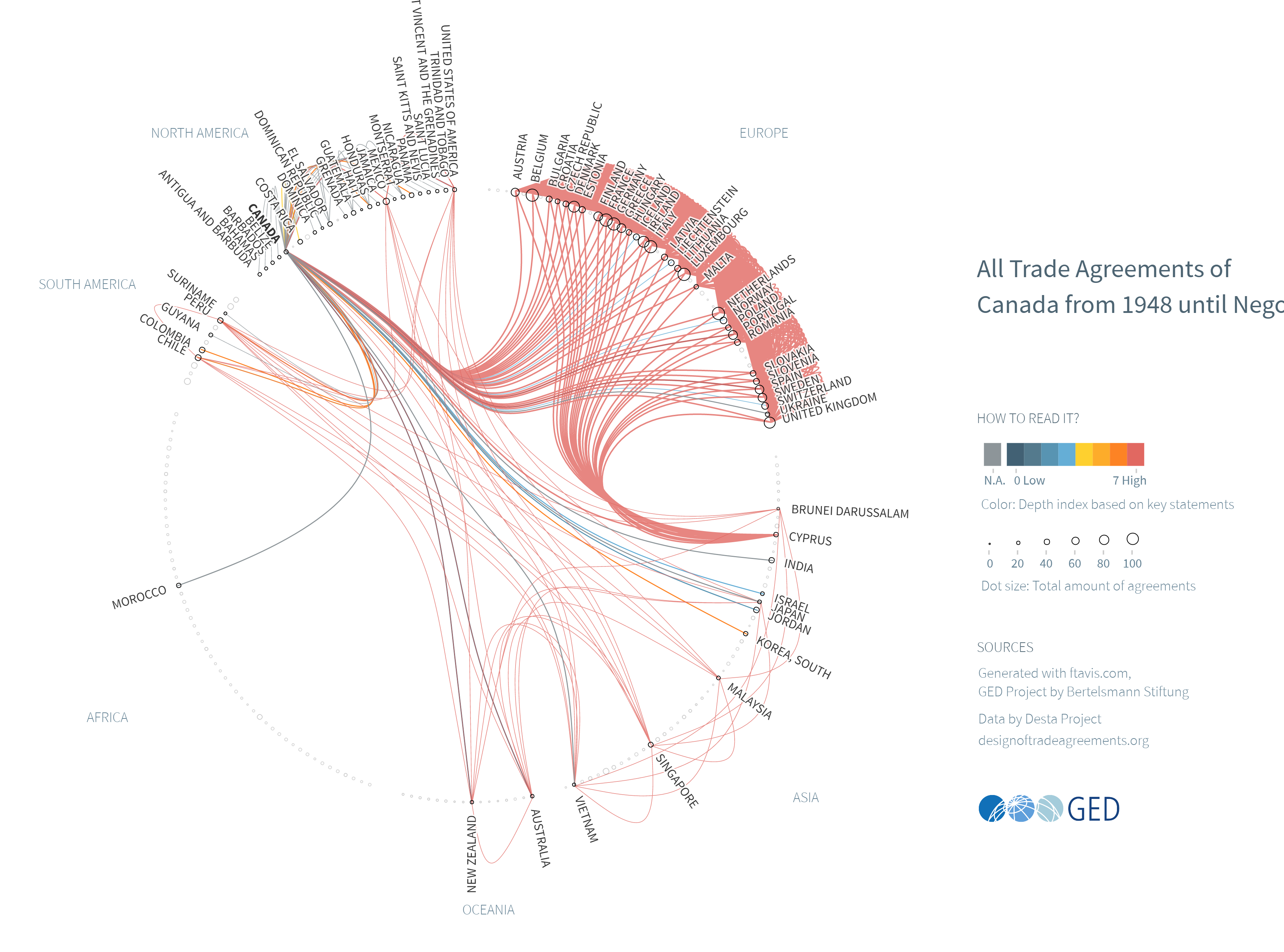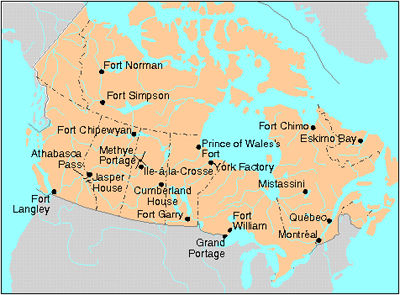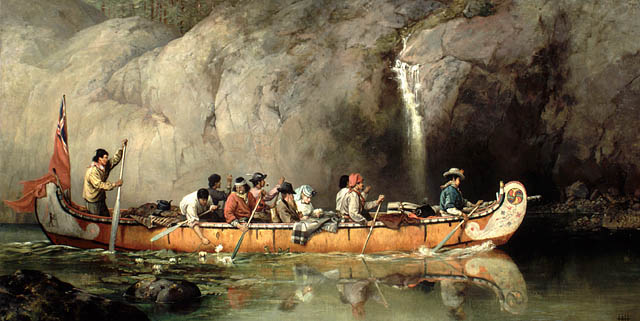Article
Commodity Trading
Commodity futures markets provide a means for the organized trading of contracts for the delivery of goods at a later date. Today, these include agricultural products, metals, forest products, petroleum products, interest rates and stocks.








